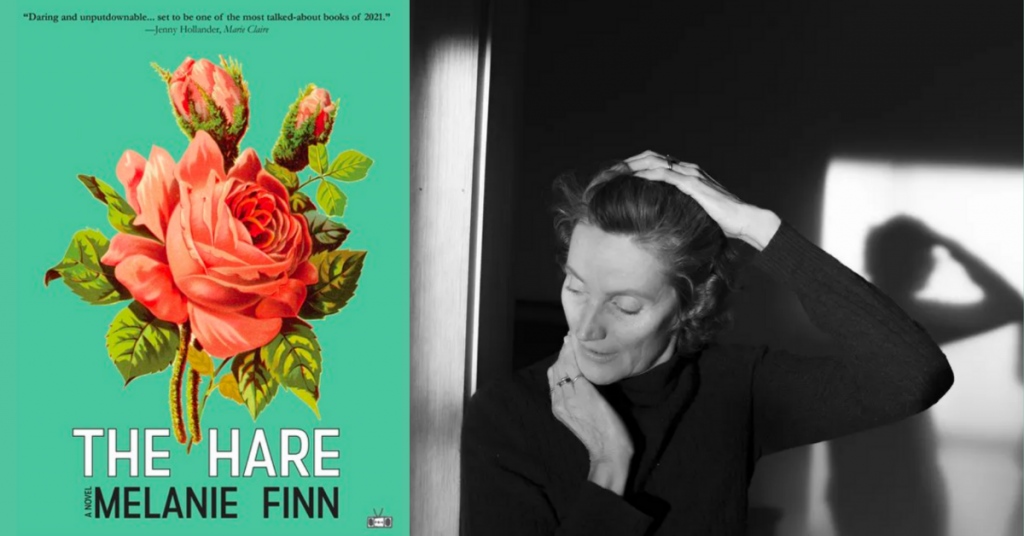We are talking to author Jean Leibowitz who paints under the name of Jean Wiecha and who spent 35 years working as a scientist in public health with a focus on children.
Her just published book, Discover Her Art (Chicago Review Press, March 2022) co-written with Lisa LaBanca Rogers, is an exploration of the paintings by twenty-four female artists from the 16th to 20th century.
The hands-on guide to women artists and their masterpieces targets young readers but has found an unexpected audience among adult women who, like Leibowitz, recognize the scant attention historically given to women’s paintings.
Which, it turns out, is why she and LaBanca Rogers wrote the book.
“If you’re an artist and you’re looking for examples of portraiture or landscape work, it’s very likely that if you do a quick search you’re going to end up with paintings by men. I thought it would be great to have a resource for learning how to paint that wasn’t based on looking at examples by men.”
To that end, each chapter contains a section on the technique and composition of the two dozen featured masterpieces followed by short biographies of the artists who painted them.
“There have been a rash of books over the last five or six years about women artists that are much more focused on the biographies and are aimed at kids. But it’s the painting that I’m interested in. I wanted to work on helping people understand how to look at a painting and how artists think and integrate that with biography,” says Leibowitz.
Leibowitz, an accomplished artist herself, was responsible for writing the sections that outline each painter’s use of color, form, light, perspective and other elements of technique. Her coauthor, LaBanca Rogers, a professional children’s author with a specialization in art, wrote the biographies of the female painters who often had what Leibowitz calls short, fierce careers; died fairly young; and had a father or family member in the arts. And despite many of those artists having little name recognition today, all of them were very successful in their time.
“American art education doesn’t seem to have found them,” says Leibowitz. “We wanted to tell a cogent story about painting and about women in art history.”
In choosing the artists, the authors sought to showcase a diversity of artists in terms of ethnicity, geography, and genre—among them portrait, still life, landscape, and abstract. Part 1 of the book explores classical painting and other realistic styles; Part 2 discusses modern paintings. Related to those paintings are activities for the aspiring artist.
The practical approach to learning about art reflects the backgrounds of both authors. An elementary school librarian and prolific children’s author, LaBanca Rogers lends an accessible and relatable voice to the work. Meantime, the research, collaboration, and writing demanded of any successful scientist is on full display in Leibowitz’s contribution.
The end result is a book with a readership that extends well beyond the young aspiring artist. While the publisher has designated Discover Her Art for ages 9 and up, many of the readers Leibowitz has encountered are in their fifties. While school librarians and parents of daughters may be purchasing the book, she is also hoping among the readers will continue to be adults who want to know more about painting and paintings by women.
What does Leibowitz hope they will glean?
“Two things: I want them to come away knowing that there was a thread of women in painting all the way through. And if the reader is a girl or young woman or someone my age reading this book, I want them to know that there is a historical community behind them. And I really want people to understand that you can unpack a painting by really spending time with it and you can learn so much that you can put into your own work.”




